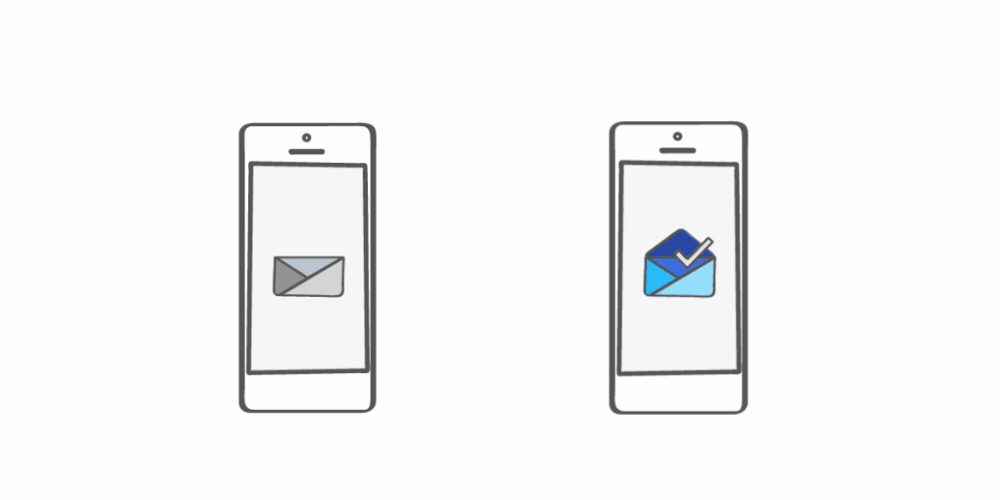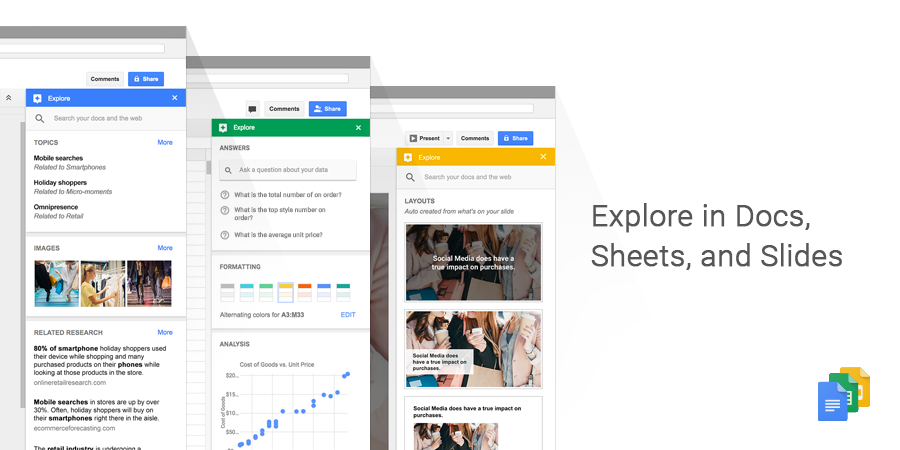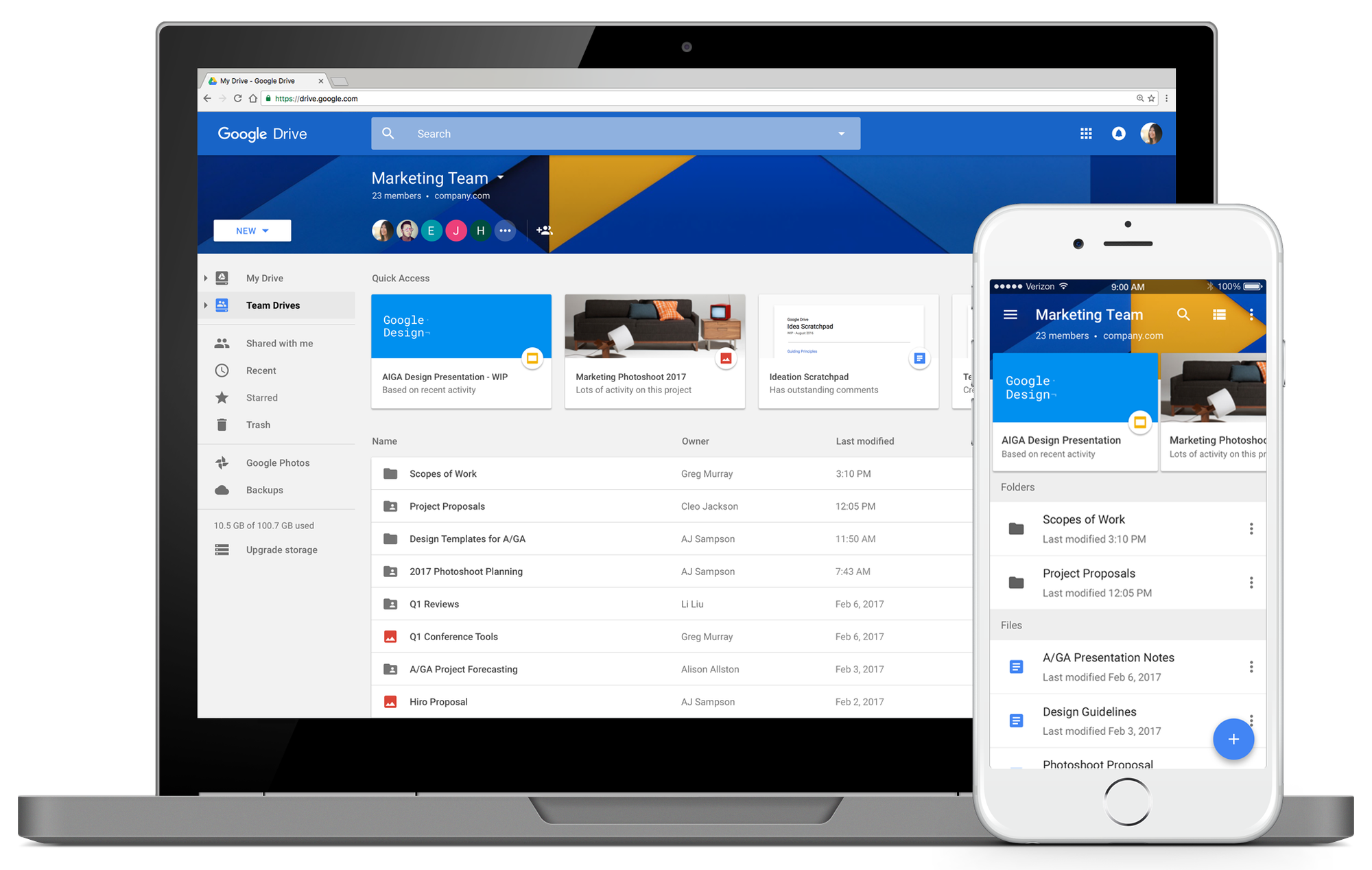G Suite’s goal is to help teams accomplish more with its intelligent apps, no matter where they are in the world. And chances are, you’ve already seen machine learning integrated into your day-to-day work to do just that.
Smart Reply, for example, uses machine learning to generate three natural language responses to an email. So if you find yourself on the road or pressed for time and in need of a quick way to clear your inbox, let Smart Reply do it for you. You may have noticed this on your phone already!

One of the earliest machine learning use cases for G Suite was within Gmail. Historically, Gmail used a rule-based system, which meant Googles anti-spam team would create new rules to match individual spam patterns. Over a decade of using this process, Google improved spam detection accuracy to 99 percent.
Starting in 2014, Google team augmented this rule-based system to generate rules using machine learning algorithms instead, taking spam detection one step further. Now, we use TensorFlow and other machine learning to continually regenerate the “spam filter,” so the system has learned to predict which emails are most likely junk. Machine learning finds new patterns and adapts far quicker than previous manual systems—it’s a big part of the reason that more than one billion Gmail users avoid spam within their account.
Explore in Docs, Slides and Sheets uses machine learning to eliminate time spent on mundane tasks, like tracking down documents or information on the web, reformatting presentations or performing calculations within spreadsheets.

Quick Access in Drive predicts and suggests files you might need within Drive. Using machine intelligence, Quick Access can predict files based on who you share files with frequently, when relevant meetings occur within your Calendar or if you tend to use files at certain times of the day.


